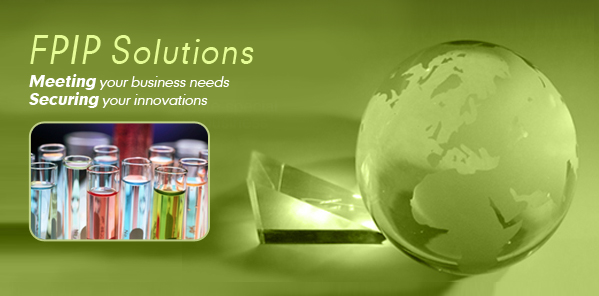 Patent protection is often the first step in the process of bringing a new technology to market. Many hurdles exist in determining whether an innovation will be developed and commercialized that are extraneous to intellectual-property issues, such as market demand and standard adoption. However, in order to engage prospective investors and partners, it is critical that some form of IP protection be in place before discussing the invention. FlashPoint IP views this as a value-driven process, concretizing decision options based on the ultimate goals of the recommended tactic as a component of an IP strategy.
Patent protection is often the first step in the process of bringing a new technology to market. Many hurdles exist in determining whether an innovation will be developed and commercialized that are extraneous to intellectual-property issues, such as market demand and standard adoption. However, in order to engage prospective investors and partners, it is critical that some form of IP protection be in place before discussing the invention. FlashPoint IP views this as a value-driven process, concretizing decision options based on the ultimate goals of the recommended tactic as a component of an IP strategy.
Foremost, it is important to understand what defines a patentable invention in order to weigh the various options for obtaining patent protection before embarking on the patent-drafting process. In the legal parlance, a patentable invention is an innovation that has novelty over the prior art, is non-obvious (referred to as inventive step under the European Patent Convention (EPC)) to one skilled in the art, and is useful (or has industrial utility under the EPC).
In the USPTO, patentable inventions include technical innovations in areas covering: methods of medical treatment, methods of medical diagnostics, articles of manufacture, methods of manufacture, chemical processes, chemical/biochemical formulations, isolated genomic sequences, novel packaging, software methods, integrated-circuit layouts, ornamental designs, methods of doing business, as well as asexually-reproduced plants – known as plant patents, or breeder’s rights in some jurisdictions, which are important to the agrotech industry.
However, methods of medical treatment, medical diagnostics, and doing business are not patentable subject matter before the EPO. An additional caveat to these requirements in the USPTO is that the innovations must have some aspect of transformation in the real world. This relates to software and business methods in particular, with the so-called “machine-or-transformation” test still being a proxy benchmark for patentability. EPC guidelines, however, require software inventions to meet a stringent “technical effect” threshold for patentability.
FlashPoint IP factors these wide-ranging aspects into the process of securing patent protection, whether in performing a patent search and patent analysis of the prior art, engaging in patent drafting of applications, selecting how and where to file, or prosecuting your claims to an invention to help you maximize value in an extensive array of practice areas. Our patent attorneys are adept at synthesizing the many facets needed to create a winning formula for your IP. Contact us to discuss your options regarding IP strategy and positioning, and how best to secure your rights.

